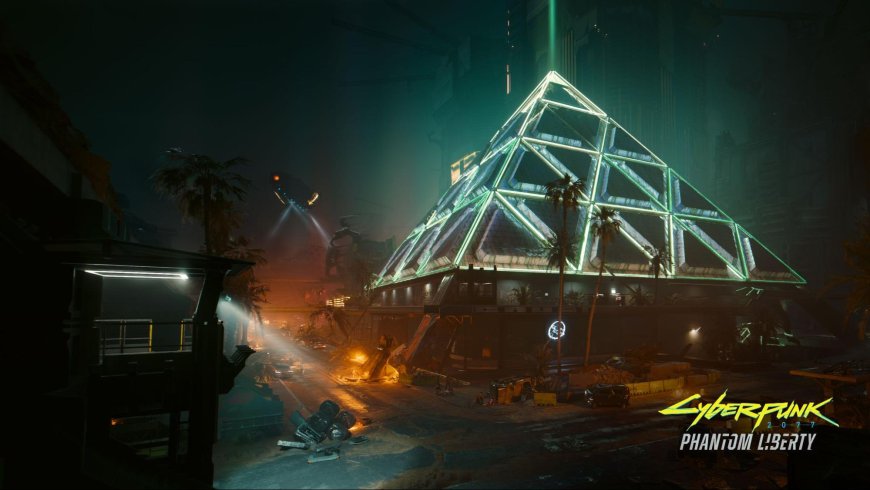Examining Nvidia DLSS 3.5 Ray Reconstruction in Cyberpunk 2077 2.0
Nvidia's latest advancement in DLSS (Deep Learning Super Sampling) technology, DLSS 3.5, brings significant upgrades, particularly with its new ray reconstruction feature. This technology has been incorporated into the recently launched Cyberpunk 2077 2.0, ahead of the Phantom Liberty expansion. Our review focuses on understanding DLSS 3.5, its implementation in Cyberpunk 2077 2.0, and the effectiveness of its ray reconstruction capabilities.

Understanding Ray Reconstruction in DLSS 3.5
The Challenges of Ray Tracing in Modern Games
Ray tracing, despite its ability to enhance visual realism, poses challenges in today's games. It tends to produce noisy effects, primarily because higher-quality ray tracing would significantly burden current graphics cards. To counter this noise, developers have traditionally used denoising filters, which, while effective, introduce issues like ghosting, reduced detail levels, and various inaccuracies.
Also check "Redragon K615 Elise Keyboard Review: A Compact Powerhouse at a Bargain Price"
How Ray Reconstruction Enhances DLSS
Ray reconstruction in DLSS 3.5 aims to address these shortcomings by replacing the game's standard denoiser with an AI-enhanced denoiser. This approach promises improved quality and fewer artifacts compared to traditional methods. It achieves this by merging the upscaling and denoising processes into a single algorithm. This integration effectively replaces the DLSS Super Resolution with a combination of DLSS ray reconstruction and Super Resolution. This technique still requires game engine inputs, as demonstrated in the provided diagram.
Testing DLSS 3.5 in Cyberpunk 2077 2.0
Initial Impressions and Setup
Our testing of DLSS 3.5 involved a comprehensive assessment of its implementation in Cyberpunk 2077 2.0. We explored various scenarios within the game to evaluate the impact of the new ray reconstruction feature on visual quality and performance.
Performance Metrics and Visual Comparison
(This section should detail the performance metrics observed during testing, such as frame rates, resolution scaling, and overall visual quality. A comparison with previous DLSS versions and other upscaling techniques should be included to highlight the improvements brought by DLSS 3.5.)
Observations and Findings
(Here, provide detailed observations of how ray reconstruction affects the gaming experience. Discuss the reduction in artifacts like noise and ghosting, improvements in image detail, and any limitations or drawbacks noticed during the testing phase.)
Conclusion: The Impact of DLSS 3.5 on Gaming Experience
In conclusion, Nvidia's DLSS 3.5 with its ray reconstruction feature represents a significant leap forward in the realm of game rendering technologies. Its integration into Cyberpunk 2077 2.0 demonstrates notable improvements in image quality, especially in the context of ray-traced environments. By effectively combining upscaling and denoising into one sophisticated algorithm, DLSS 3.5 enhances the visual fidelity of games while minimizing common artifacts associated with ray tracing. This technology not only enhances the current gaming experience but also sets a new benchmark for future game development and rendering techniques.


































